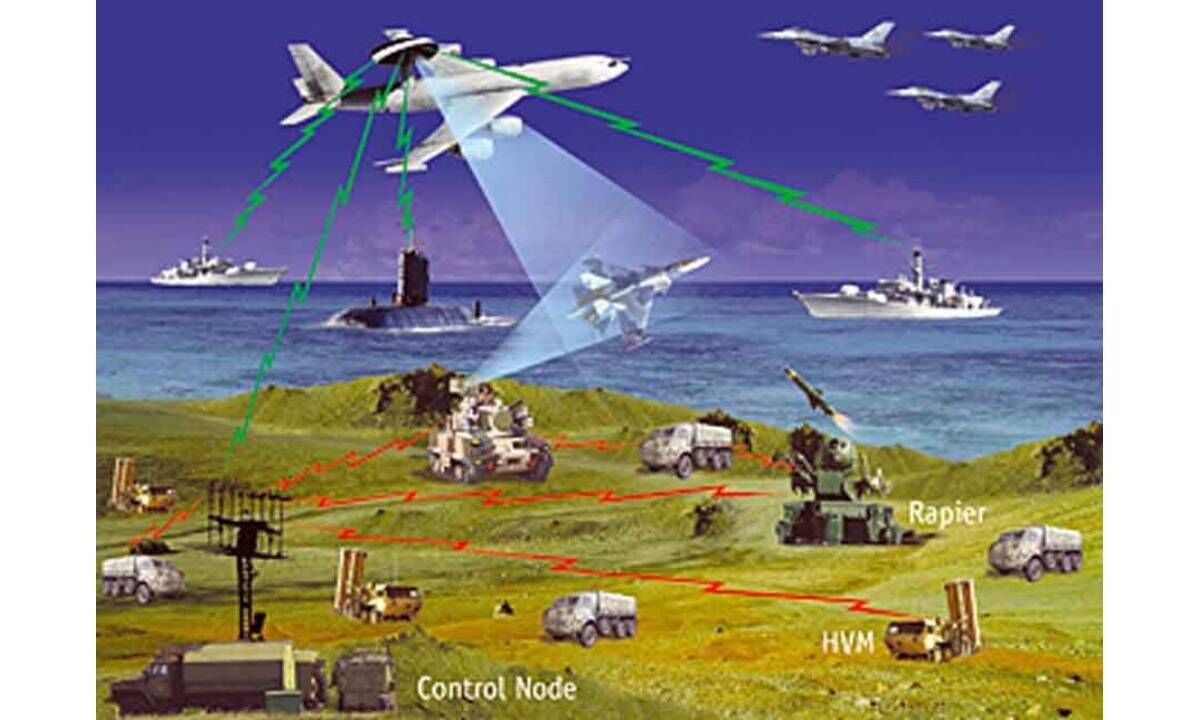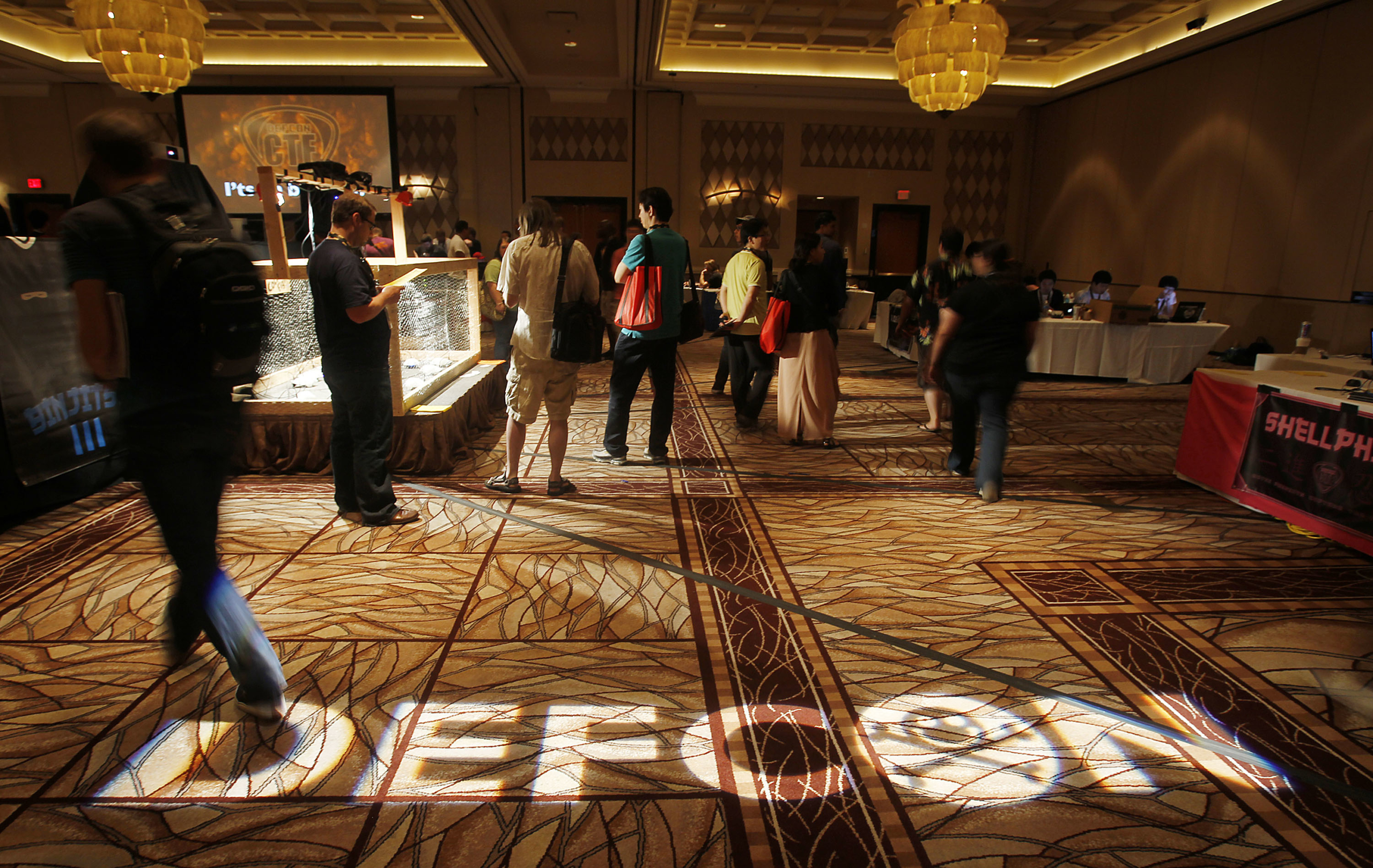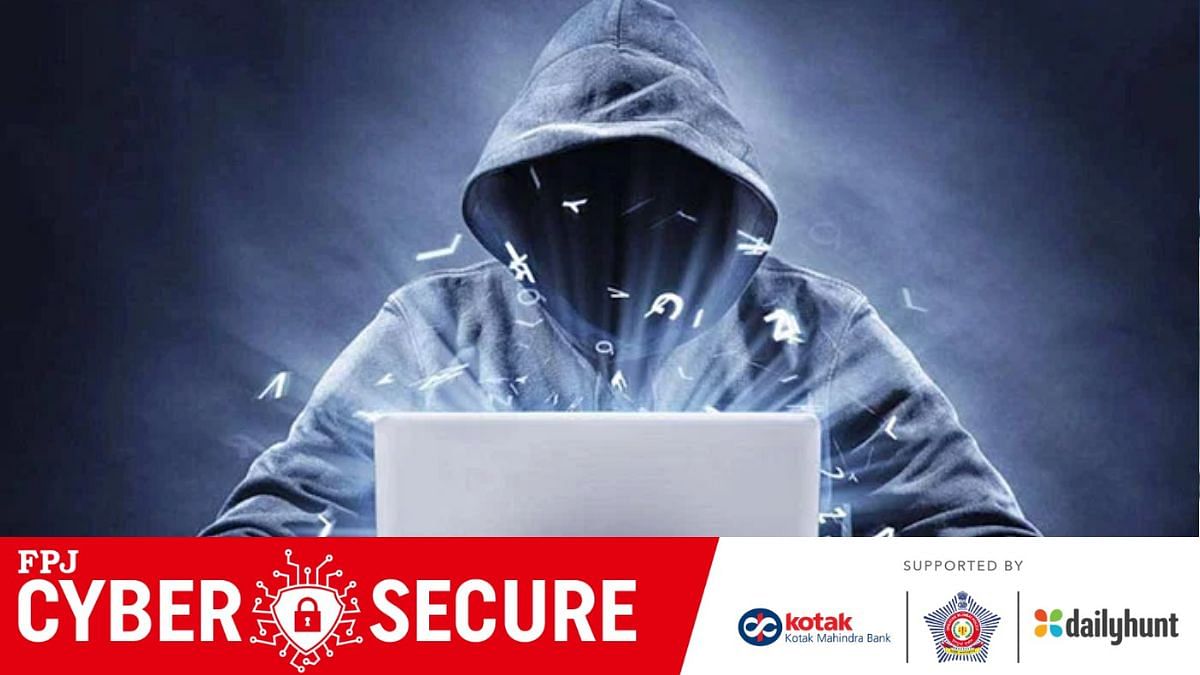Electronic Warfare is here to stay
Electronic warfare (EW) is a mature sector, but still has substantial room to grow in both volume and technological capability. With the so-called ‘revolution in military affairs’, the proliferation of precision weapons and advanced communications and the armed forces relying on systems vulnerable to electronic warfare has grown significantly.
Electronic warfare (EW) detects, interprets, controls or disrupts signals in the electromagnetic (EM) spectrum, typically radar, radio or infrared transmissions, to protect military assets from potential threats.
Modern military capabilities rely increasingly on the electromagnetic spectrum. War fighters depend on the spectrum to communicate with each other and their commanders, to understand the environment and inform decisions, to accurately identify and engage targets, and to protect them from harm.
Control of the electromagnetic spectrum is critical in modern warfare, as it is used for weapons guidance, allied communication and enemy identification and suppression.
According to our latest study, the global Electronic Warfare Systems market size was valued at $16,740 million in 2022 and is forecast to a readjusted size of $22,060 million by 2029 with a CAGR of 4.0 (percent) during review period. The influence of Covid-19 and the Russia-Ukraine War were taken into consideration while estimating market sizes.
North America is forecast to hold the largest share in the market due to rising insurgencies, territorial disputes, terrorism, and the unrest in other nations, thus driving the global market upwards till 2026.
Russia, China, North Korea and Iran are involved in the act of modernizing their EW equipment in a bid to hold a better share in the market. Acts like these will help foster the growth of the market over the forecasted period. Cyber warfare is not static and has various attack methods, which can be used to target an enemy.
A few of the most popular trends within it:
Ransomware attacks are some of the most disruptive attacks globally, with cybercriminals encrypting data unless a payment is made. These attacks become even more dangerous in cyber warfare as usually there is no financial motive and the…




